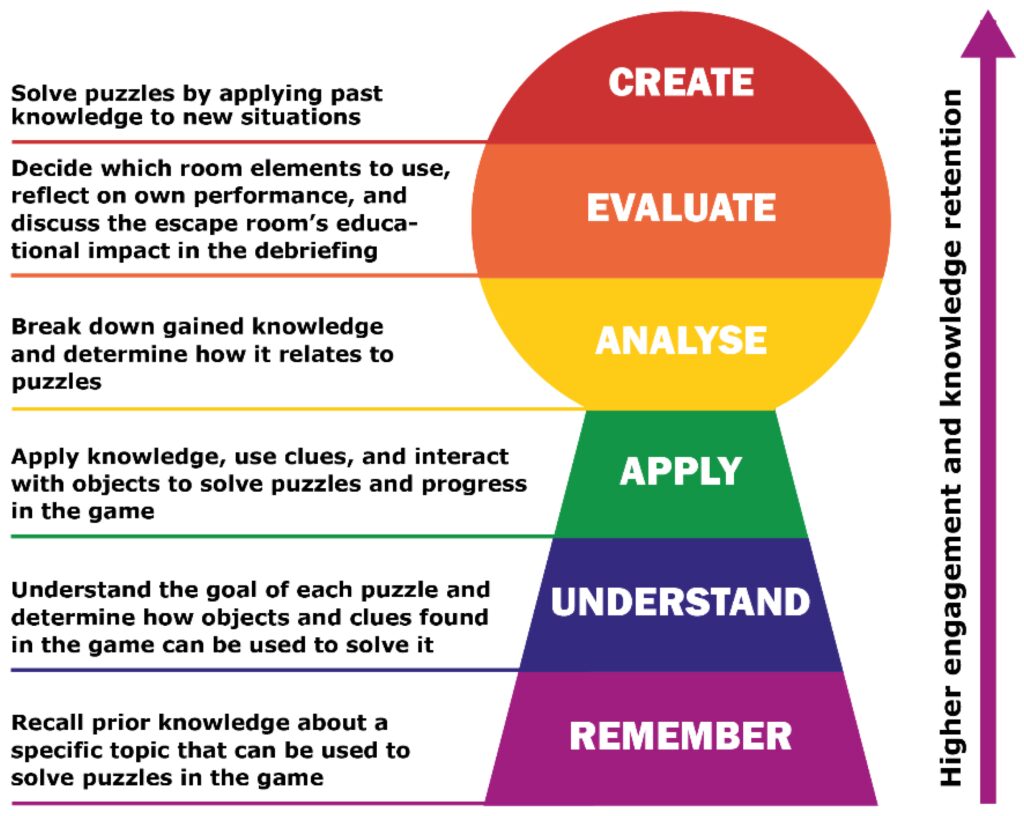Puzzle games are popular for their ability to challenge the mind and improve critical thinking skills, but not all puzzle games are created equal in terms of accessibility. Designing an accessible puzzle game that accommodates players of different skill levels involves understanding the skill level of the player, designing for beginners and experienced players, providing hints and feedback, and varying difficulty levels. The game should gradually increase in difficulty to prevent frustration or boredom, provide optional hints and tips, visual and auditory cues, feedback on correct or incorrect moves, and multiple difficulty modes. A game that balances challenge and accessibility can be engaging and challenging for all players.
Balancing Challenge and Accessibility: How Puzzle Games Accommodate Players of Different Skill Levels
Puzzle games have been around for decades and continue to be popular with players of all ages. They are often praised for their ability to challenge the mind and improve critical thinking skills. However, not all puzzle games are created equal in terms of accessibility. A game that is too difficult can be frustrating and discourage players from continuing, while a game that is too easy can be boring and fail to engage players. In this article, we will explore how puzzle game designers balance challenge and accessibility to accommodate players of different skill levels.
Understanding the Skill Level of the Player
The first step in creating a puzzle game that accommodates players of different skill levels is understanding the skill level of the player. Some players are experienced with puzzle games and enjoy a challenge, while others are new to the genre and prefer a more accessible experience. Knowing the target audience and their skill level is important in determining the complexity of the puzzles and the overall design of the game.
Designing for Beginners
For players who are new to puzzle games, it’s important to introduce concepts and mechanics in a gradual manner. The first few levels should be easy and serve as a tutorial, teaching players the basics of the game. As players progress, the puzzles should become gradually more challenging. However, the difficulty curve should be gradual and not sudden to prevent players from becoming frustrated and giving up.
Designing for Experienced Players
For experienced players, the puzzles should be challenging and require critical thinking and problem-solving skills. It’s important to create puzzles that aren’t immediately solvable, but also not so difficult that they are impossible to solve. The difficulty curve should increase steadily as players progress through the game, but the game should also provide hints and tips for players who get stuck.
Providing Hints and Feedback
Providing hints and feedback is an important aspect of creating an accessible puzzle game. Beginner players may get stuck on a puzzle and feel frustrated if they can’t progress. Experienced players may also get stuck, but may be discouraged from continuing if they feel the game is too difficult. Therefore, providing hints and feedback is important to keep players engaged and prevent them from giving up on the game entirely.
Providing Hints for Beginner Players
For beginner players, the game should provide hints and tips to help them progress through a puzzle. These hints should be optional and not forced on the player. The game should also provide visual and auditory cues to guide the player towards the solution. For example, if a player is struggling with a puzzle, the game may highlight parts of the puzzle or provide a sound effect to indicate the correct move.
Providing Feedback for Experienced Players
For experienced players, the game should provide feedback to indicate whether a move was correct or not. This feedback could be in the form of a sound effect, visual cue, or animation. Additionally, the game could provide a score or leaderboard to motivate players to improve their skills and compete with other players.
Varying Difficulty Levels
Another way to accommodate players of different skill levels is to vary the difficulty levels within the game. Puzzle games can be designed with multiple difficulty modes to accommodate players of different skill levels. For example, an easy mode for beginner players and a hard mode for experienced players. The game could also provide a custom mode where players can adjust the difficulty settings to their liking.
Easy Mode
Easy mode could feature simpler puzzles and more guidance for beginner players. For example, the game could provide more hints, take away time limits, or provide unlimited retries.
Hard Mode
Hard mode could feature more complex puzzles and less guidance for experienced players. For example, the game could limit the number of hints provided, add time limits, or limit the number of retries.
Conclusion
In conclusion, designing an accessible puzzle game that accommodates players of different skill levels is a challenging task. However, by understanding the skill level of the player, providing hints and feedback, and varying difficulty levels, game designers can create a puzzle game that is engaging and challenging for all players.
